

Everybody, both onshore and at sea, has a responsibility for improving our ship safety level. Aids to navigation, also known as AtoN, are important tools of navigation that enhances safety and can act as good safety barriers.
Unlike the roads and highways that we drive on, the waterways do not have road signs that tell us our location or distance to a destination, or of hazards along the way. Instead the waterways are provided with aids to navigation.
For hundreds of years, maritime authorities have marked safe water with buoys and beacons. Besides supporting commerce, these buoys and beacons help to improve safety at seas. Aids to navigation help ship navigating officers in finding and safely navigating a narrow channel in a wide expanse of water.
A navigational aid or AtoN or navaid is any sort of marker that guides to mark safe waters and also help mariners in determining their position with respect to land or any navigational hazard or hidden danger. Traditionally aids to navigation have been physical aids such as lighthouses, buoys and beacons. The introduction of virtual aids to navigation has been one of the greatest achievements in recent navigation history. Though many are presently under development, they are used by a number of administrations around the world.
A virtual aid to navigation itself does not physically exist unlike buoys and beacons but comprises a signal broadcast to a location in a waterway. It can be described as a digital information transmitted from an Automatic Identification System (AIS) station located elsewhere for a specified location without being itself present in that specified location or simply stated, an electronic virtual marker of a hazards. The basic symbol of a virtual AiS aid to navigation looks like a diamond shape with cross hair at the centre on ECDIS or radar.
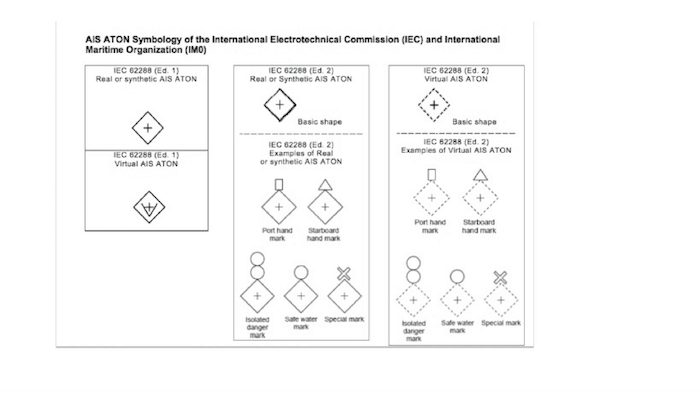

Virtual aids to navigation are potential in enhancing safety and their use brings us several advantages. Some of the reasons why it is considered important to ship navigation are pointed out below:
1. A virtual aid to navigation can be used in situations when it is not practically possible to equip or due to limitation of time a physical aid to navigation such as a buoy, beacon or a lighthouse cannot be set up. In this case virtual aid to navigation can be used whereby an AIS coast station can be configured to send information to mark its location and therefore help navigating officers to get the necessary information in real time.
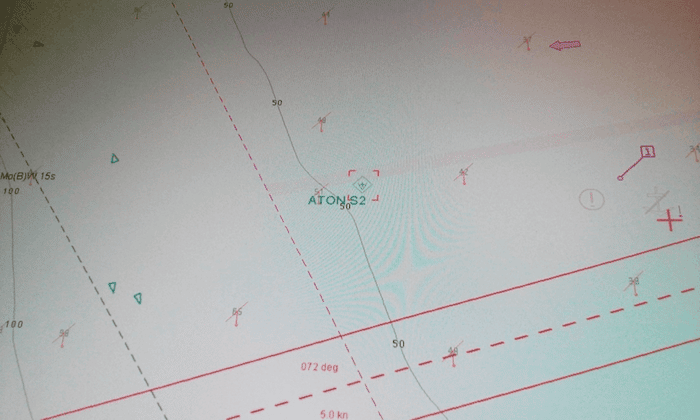

2. Virtual aids to navigation can be deployed rapidly to mark immediate wrecks. The implementation of virtual AtoN can be completed within a very short duration of time thereby aiding mariners to avoid unexpected hazards and dangers to navigation that can arise any time without any prior information by giving early warning. Hence, we can say that it prevents accidents through proactive notifications.
3. Another great benefit of using a virtual aid to navigation is that they are not prone to weather. Unlike traditional buoys or beacons that may not get detected, good or bad weather they will always be detected and displayed on Electronic Chart Display and Information System (ECDIS) or radar overlay and provide timely information to mariners.
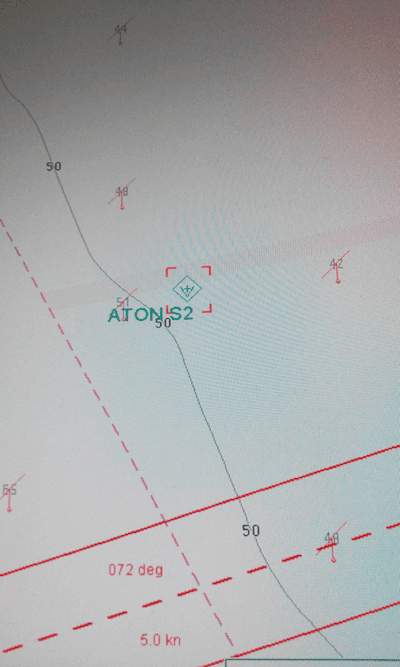

4. They can be extremely helpful in areas where physical buoys are seasonally lifted or misplaced due to swell or ice or when a buoy is off station or damaged due to any natural disaster. It is difficult to install a physical buoy in areas prone to environmentally harsh conditions. Virtual aids to navigation can therefore help to overcome such difficulties.
5.Virtual aids to navigation are easy to install and do not require costly physical infrastructure unlike the physical aids to navigation. They also need less maintenance. This is yet another reason for its rapid growth and wide acceptance among authorities. They have the ability to move the marked locations as conditions change with ease and can also be removed when the wreck is no longer considered a danger to navigation.
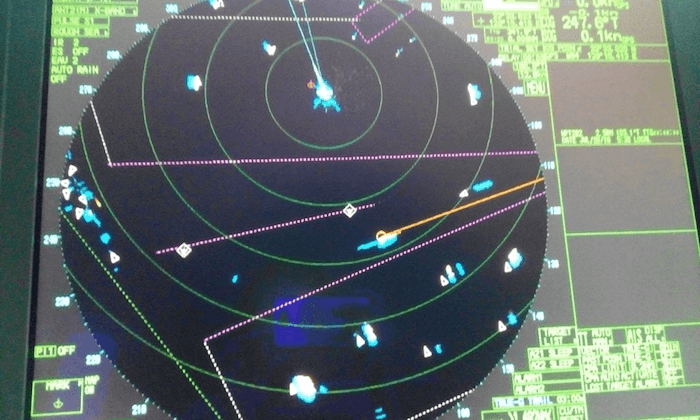

6. Virtual aids to navigation can also be used to mark anchorages, restricted or dangerous areas as well as in environmentally sensitive and isolated coastline where there are no beacons or buoys. They can provide additional information about reporting points to officers. Besides virtual aids to navigation provide good coverage in spite of rugged landscape or when approaching from internal waters. Ships can identify dangerous underwater hazards well ahead before approaching and can know if they are on a collision course with any navigational hazard.
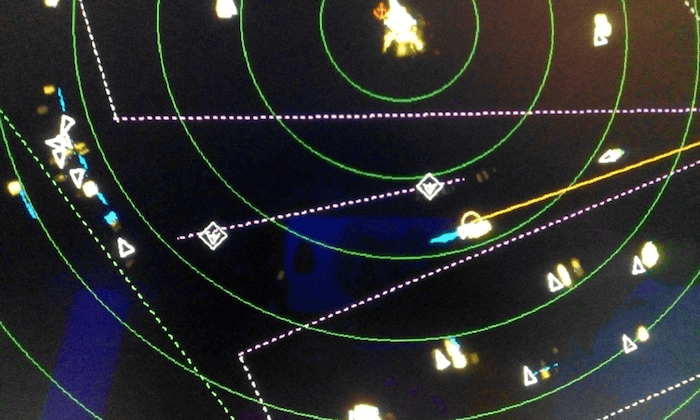

Although the use of virtual aids to navigation play a major role in enhancing navigational safety and brings us many benefits, we must be careful while using them and also pay attention to their limitations.
We must consider the fact that positional data contained within the transmissions may be inaccurate. AIS data is also susceptible to spoofing or jamming. Also if the AIS unit is malfunctioning onboard the vessel, there are chances that the navigating officer may receive false data and thus might not be aware of the actual position of the virtual aid to navigation. There can be GPS errors as well causing positional inaccuracies. Many navigational equipment onboard may not show them at all. Last but not the least navigating officers are used to traditional buoys and beacons. We believe what we see. It is needed that officers have a clear idea of virtual aids to navigation. It might happen that if not properly trained to use them; officers may overlook such information as they are not visible in reality.
Safety at sea has always remained to be the primary focus. Virtual aids to navigation are not meant to replace physical aids to navigation, however they address the need to make hazards at sea visible when costly physical structure is not appropriate or is difficult to deploy. They are invaluable in using radar or ECDIS to show critical data. In order to use this tool efficiently it is also important that mariners and relevant shore based personnel are introduced, trained and guided to the use of virtual aids to navigation in order to keep up with the changes in future. Virtual aids to navigation can provide real time visibility.
Over to you..
Do you know any more advantages of virtual aids to navigation? Let’s know in the comments or email us at – info@marineinsight.com










We believe that knowledge is power, and we’re committed to empowering our readers with the information and resources they need to succeed in the merchant navy industry.
Whether you’re looking for advice on career planning, news and analysis, or just want to connect with other aspiring merchant navy applicants, The Marine Learners is the place to be.